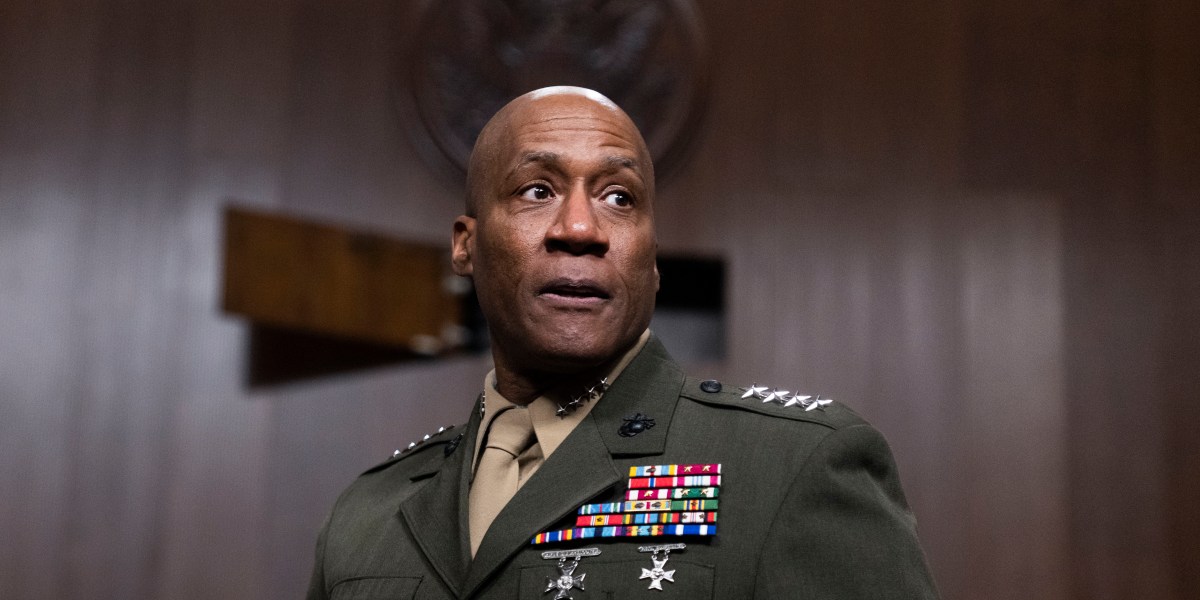- cross-posted to:
- intelligence@lemmy.ml
- cross-posted to:
- intelligence@lemmy.ml
A general failed to mention six U.S. outposts and described a quarter-billion dollar drone hub as “low-cost.”
Since a cadre of U.S.-trained officers joined a junta that overthrew Niger’s democratically elected president in late July, more than 1,000 U.S. troops have been largely confined to their Nigerien outposts, including America’s largest drone base in the region, Air Base 201 in Agadez.
The base, which has cost the U.S. a total of $250 million since construction began in 2016, is the key U.S. surveillance hub in West Africa. But in testimony before the House and Senate Armed Services Committees in March, the chief of U.S. Africa Command described Air Base 201 as “minimal” and “low cost.”
Gen. Michael Langley, the AFRICOM chief, told Congress about just two “enduring” U.S. forward operating sites in Africa: Camp Lemonnier in Djibouti and a longtime logistics hub on Ascension Island in the south Atlantic Ocean. “The Command also operates out of 12 other posture locations throughout Africa,” he said in his prepared testimony. “These locations have minimal permanent U.S. presence and have low-cost facilities and limited supplies for these dedicated Americans to perform critical missions and quickly respond to emergencies.”
Experts say that Langley misled Congress, downplaying the size and scope of the U.S. footprint in Africa. AFRICOM’s “posture” on the continent actually consists of no fewer than 18 outposts, in addition to Camp Lemonnier and Ascension Island, according to information from AFRICOM’s secret 2022 theater posture plan, which was seen by The Intercept. A U.S. official with knowledge of AFRICOM’s current footprint on the continent confirmed that the same 20 bases are still in operation. Another two locations in Somalia and Ghana were also, according to the 2022 document, “under evaluation.”
Of the 20, Langley apparently failed to mention six so-called contingency locations in Africa, including a longtime drone base in Tunisia and other outposts used to wage U.S. shadow wars in Niger and Somalia. The U.S. military has often claimed that contingency locations are little more than spartan staging areas, but according to the joint chiefs of staff, such bases are critical to sustaining operations and may even be “semi-permanent.”


So is this what they call a ‘general failure’?